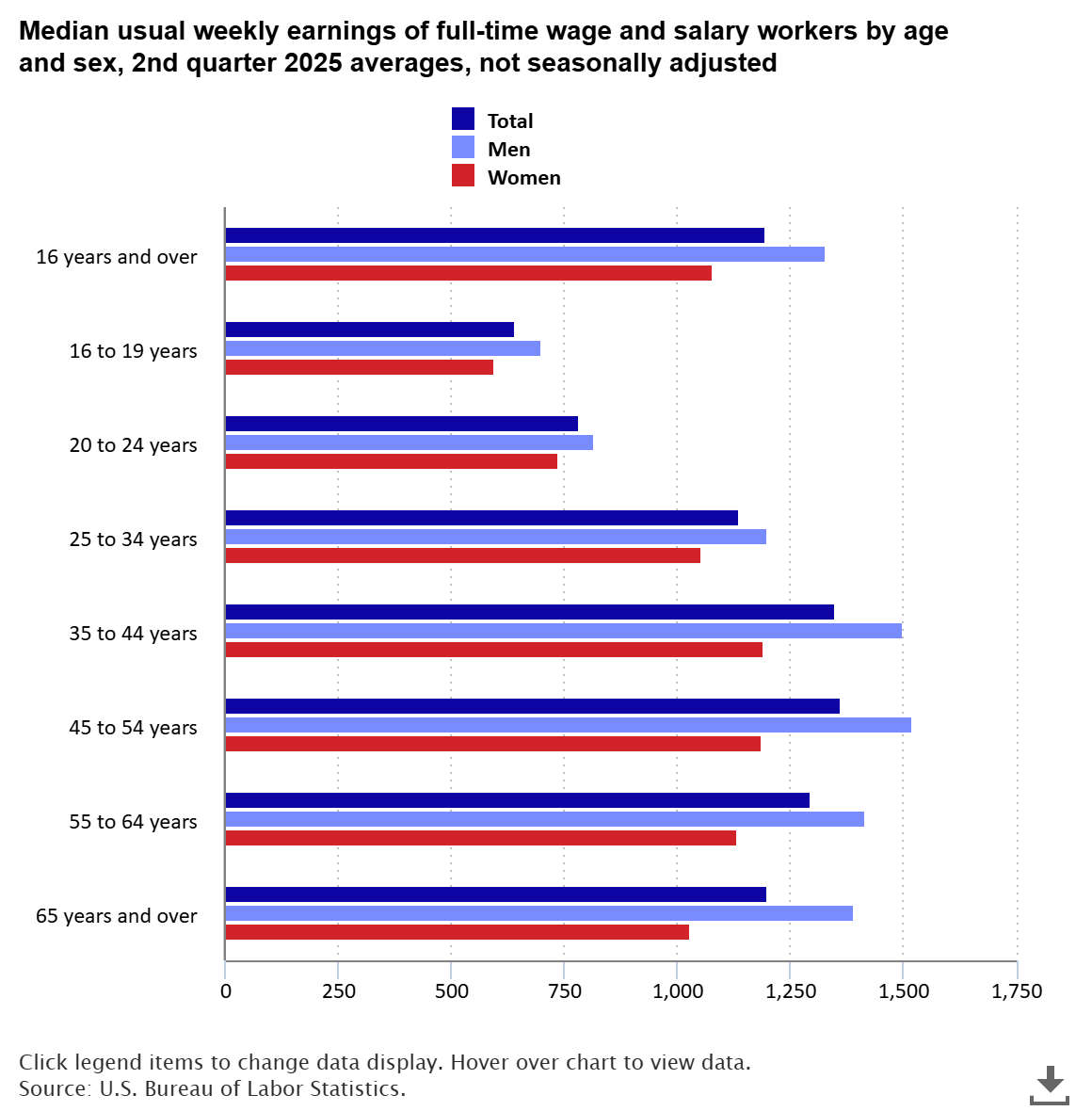
University of Arizona EBRC
@UArizonaEBRC
Followers
1K
Following
2K
Media
2K
Statuses
6K
Economic and Business Research Center: The premier source for information on Arizona's economy for more than 70 years.
Tucson, Arizona
Joined September 2013
RT @uscensusbureau: 📊 Check out our new #infographic highlighting #CensusEconData from the Annual Integrated Economic Survey. Explore econ….
0
1
0
RT @stlouisfed: U.S. manufacturing has been slowly recovering since 2014. Which states had the largest shares of manufacturing jobs, and wh….
0
7
0
RT @MapAZDashboard: Arizona saw the slowest growth in graduation rates among the 10 western states, rising from 76.0% in 2012 to just 77.3%….
0
1
0
RT @MapAZDashboard: 🚀 In 2023, 48.8% of Tucson MSA college grads majored in science & engineering fields, keeping it in 4th place among 12….
0
1
0
AZ experienced the same growth in nonemployer establishments as the U.S. during that period.
📰 The number of U.S. nonemployer establishments, or those with no paid employees, grew faster than employer businesses (those with at least one paid employee) nearly every year from 2012 to 2023. Read more on #AmericaCounts. #CensusEconData
0
0
0
RT @uscensusbureau: Nonemployer businesses are key contributors to the #GigEconomy and our nation's economic growth. Dive deeper into th….
0
2
0
RT @MapAZDashboard: The Tucson MSA posted an increase in inflation-adjusted GDP of 4.6% in 2023. That placed Tucson second when compared to….
0
1
0
EBRC director George Hammond spoke about Arizona employment on KTAR News earlier this week.
An expert on the Arizona economy joined @AZMorningNews yesterday to break down the reasons behind the state's decreasing job creation numbers.
0
0
0
RT @MapAZDashboard: Tucson’s employment profile closely matches Arizona’s overall, except in the government sector. In 2024, non-military g….
0
1
0
The number of people age 65+ outnumbers the population under 18 in almost half of Arizona's counties.
New Vintage 2024 #PopulationEstimates show the U.S. population continues to age, with the share of the population age 65+ steadily increasing from 12.4% in 2004 to 18.0% in 2024, and the share of children declining from 25.0% to 21.5%.
0
1
0
















